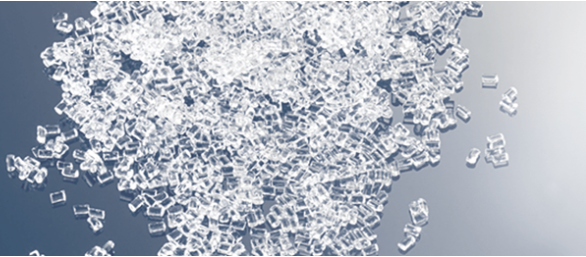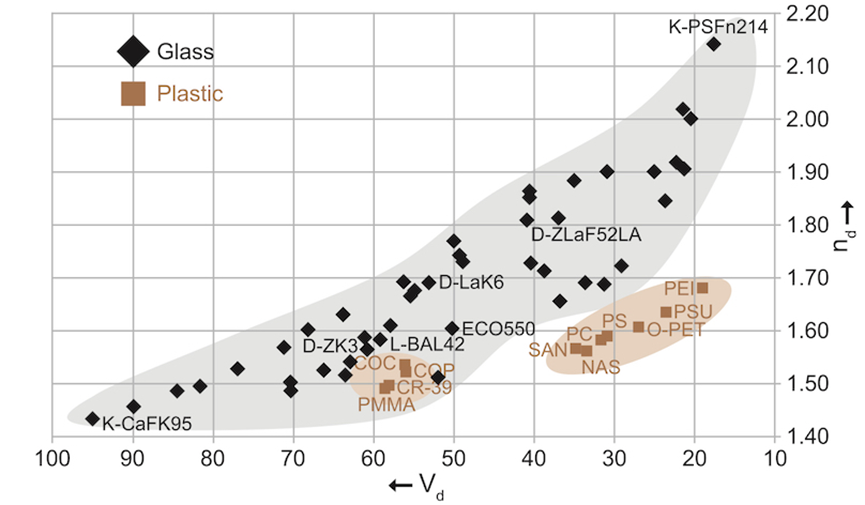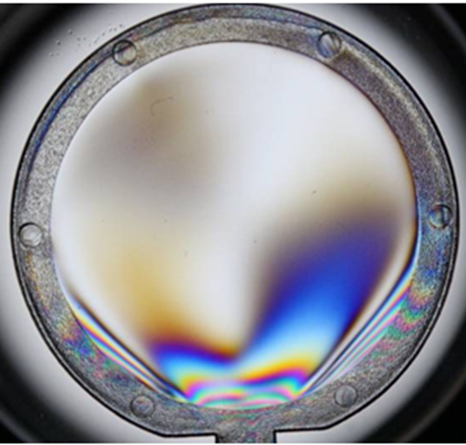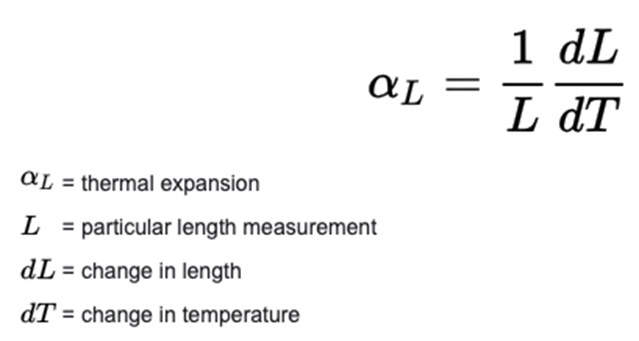Industrial News
Optical properties and physical properties of plastic lenses and lens manufacturing materials,Plastic materials and injection molding are the basis for the realization of miniaturized lenses.The structure of the plastic lens includes lens material,lens barrel,lens mount,spacer,shading sheet,pressure ring material,etc.
lens material
Plastic material base
There are several types of lens materials for plastic lenses,all of which are essentially plastic(high molecular polymer).They are thermoplastics,plastics that soften and become plastic when heated,harden when cooled,and soften when heated again.A physical change that produces a reversible change between liquid and solid states using heating and cooling.Some materials were invented earlier and some are relatively new.Some are general-purpose application plastics,and some materials are specially developed optical plastic materials,which are more specifically used in some optical fields.In optical design,we may see the material grades of various companies,such as EP8000,K26R,APL5015,OKP-1 and so on.They all belong to a certain type of plastic material,and the following types are more common,and we will sort them according to their appearance time:

PMMA/Acrylic:Poly(methyl methacrylate),polymethyl methacrylate(plexiglass,acrylic).Due to its cheap price,high transmittance,and high mechanical strength,PMMA is the most common glass substitute in life.Most of the transparent plastics are made of PMMA,such as transparent plates,transparent spoons,and small LEDs.lens etc.PMMA has been mass-produced since the 1930s.
PS:Polystyrene,polystyrene,is a colorless and transparent thermoplastic,as well as a kind of engineering plastic,which began to be mass-produced in the 1930s.Many of the white foam boxes and lunch boxes that are common in our lives are made of PS materials.
PC:Polycarbonate,polycarbonate,is also a colorless and transparent amorphous thermoplastic,and it is also a general-purpose plastic.Industrial production began in the 1960s.The impact resistance of PC material is very good,common applications include water dispenser buckets,goggles,etc.
COP&COC:Cyclic olefin Polymer(COP),cyclic olefin polymer;Cyclic olefin copolymer(COC)cyclic olefin copolymer,is an amorphous transparent polymer material with a ring structure,and a ring with a carbon-carbon double bond in the ring Hydrocarbons are made from cyclic olefin monomers by self-polymerization(COP)or copolymerization(COC)with other molecules(such as ethylene).The characteristics of COP and COC are almost the same.This material is relatively new.When it was first invented,it was mainly considered for some optical related applications.Now it is widely used in film,optical lens,display,medical(packaging bottle)industries.COP completed industrial production around 1990,and COC completed industrial production before 2000.

O-PET:Optical polyester optical polyester fiber,O-PET was commercialized by Osaka in the 2010s.
When analyzing an optical material,we mainly focus on their optical and mechanical properties.
Optical Properties 1:Refractive Index&Dispersion
It can be seen from this summary diagram that different optical plastic materials basically fall into two ranges:one group is high refractive index and high dispersion;the other group is low refractive index and low dispersion.Comparing the optional range of refractive index and dispersion of glass materials,we will find that the optional range of refractive index of plastic materials is very narrow,and all optical plastic materials have a relatively low refractive index.Generally speaking,the range of options for plastic materials is narrower,and there are only about 10 to 20 commercial material grades,which largely limits the freedom of optical design in terms of materials.

The refractive index changes with the wavelength:the refractive index of optical plastic materials increases with the wavelength,the refractive index decreases slightly,and the overall is relatively stable.
Change of refractive index with temperature Dn/DT:The temperature coefficient of refractive index of optical plastics is 6 to 50 times larger than that of glass,which is a negative value,which means that the refractive index decreases with the increase of temperature.For example,for a wavelength of 546nm,-20°C to 40°C,the dn/dT value of the plastic material is-8 to-15X10^–5/°C,while in contrast,the value of the glass material NBK7 is 3X10^–6/°C
Optical properties 2:Transmittance

With reference to this picture,most optical plastics have a transmittance of more than 90%in the visible light band;they also have good transmittance in the infrared bands of 850nm and 940nm,which are common in consumer electronics.The transmittance of plastic materials will also decrease to a certain extent with time.The main reason is that the plastic absorbs the ultraviolet rays in the sun,and the molecular chains are broken and degraded and cross-linked,resulting in changes in physical and chemical properties.The most obvious macroscopic manifestation is the yellowing of the plastic material.
Optical property 3:Stress birefringence
Stress birefringence(Birefringence)is an optical property of materials.The refractive index of materials is related to the polarization state and propagation direction of incident light.Materials exhibit different indices of refraction for different polarization states.For some systems,this refractive index deviation is very small and does not have a great impact on the system,but for some special optical systems,this deviation is enough to cause serious degradation of system performance.
The plastic material itself does not have anisotropic characteristics,but the injection molding of plastic will introduce stress birefringence.The main reason is the stress introduced during injection molding and the arrangement of plastic macromolecules after cooling.The stress is generally concentrated near the injection port,as shown in the figure below.The general design and production principle is to make the stress birefringence in the optical effective surface as small as possible,which requires reasonable design of lens structure,injection molding mold and production parameters.Among several materials,PC materials are more prone to stress birefringence(about 10 times larger than PMMA materials),and COP,COC,and PMMA materials have lower stress birefringence.
Physical property 1:glass transition temperature
The glass transition temperature Tg of plastic materials,this word is known from the name from glass.For amorphous polymers,apply a constant force to it and observe the relationship between its deformation and temperature,which is usually called a temperature deformation curve or a thermomechanical curve.Amorphous polymers have three mechanical states,which are glassy,highly elastic,and viscous.When the temperature is low,the material is rigid and solid,similar to glass,and will only undergo very small deformation under the action of external force.This state is the glass state:when the temperature continues to rise to a certain range,the deformation of the material is obvious.increase,and the deformation is relatively stable in a certain temperature range,this state is the high elastic state,the temperature continues to rise and the deformation gradually increases,the material gradually becomes a viscous fluid,and the deformation cannot be restored at this time,this state is is viscous.We usually refer to the transition between the glassy state and the high elastic state as the glass transition,and the corresponding transition temperature is the glass transition temperature Tg,or the glass transition temperature.Tg is generally defined as the temperature at which the glass transition begins,that is,the temperature at which the amorphous part of the material begins to move.The Tg of plastics used for common optical lenses is between 120 and 160°C.This also ensures that the plastic lens can still maintain a certain degree of thermal stability,at least under the extreme temperature(85°C)in the mobile phone.Room temperature is the upper limit temperature for amorphous thermoplastics,but it is the lower limit temperature for rubber(rubber is in a highly elastic state at room temperature).
Physical property 2:Coefficient of thermal expansion
The coefficient of thermal expansion(CTE)is a parameter that measures the change in size of a material as the temperature changes.The thermal expansion coefficient CTE of optical plastic materials is about(5-10)*10^-5/℃,compared with glass materials(5-10)*10^-6/℃,basically an order of magnitude difference.If the CTE of a plastic material is 6*10^-5/°C,then for a plastic lens with a diameter of 10mm,a change of 10°C will cause about 0.01 x 6 x 10^-5=6 x 10^-6 m=6um length variation.

Physical characteristic 3:water absorption
The water absorption of COP and COC is<0.01%,the water absorption of PS material is 0.03%,the water absorption of PMMA is 0.2%,and the water absorption of PMMA is 0.3%.The general method for determining water absorption is to immerse the tested material in water at 23°C after drying it completely,take it out after 24 hours and dry it to measure the weight change(refer to Water Absorption ASTM D570).Due to the very low water absorption of COP and COC,COP and COC materials are also commonly used as packaging bottles for medicines.The more water-absorbing the plastic material,the easier it is to be affected by temperature and humidity,causing changes in the surface shape of the lens,or causing changes in the force between the lenses.Due to the strong water absorption of plastics,the plastic material particles will be dried before injection molding,otherwise,the moisture in the plastic will affect the viscosity of the plastic,affect the molding process,and may also affect the appearance of the final product.The impact of water absorption on plastic lenses is mainly determined through high-temperature and high-humidity reliability tests.Relevant content on reliability can be covered in Chapter 7:Evaluation.
Physical property 4:Molding shrinkage
Thermoplastic materials will shrink after molding.The shrinkage rate is determined based on a certain method.For optical plastic lens material substrates,it is generally 0.5%~1.2%.The definition of the measurement method may be different for each company.
other features
Other characteristics of plastic materials are:strength,haze,electrical properties,chemical and pharmaceutical resistance,etc.
Material form
Most optical plastic raw materials exist in the form of particles
Material of lens mechanical parts
Lens barrel,lens mount,pressure ring,etc.mainly exist as structural parts,and the main materials are PC,metal(brass)and so on.One of the characteristics of PC mentioned earlier in our article is high mechanical strength and good thermal stability,so it is very suitable as an optical mechanical part.The main function of the separator is light-shielding,and the material is a thin film material.
Lens barrel and mirror mount
The white objective lens will be assembled into the lens barrel,and the main material is PC.For non-integrated lenses,the lens barrel and lens mount are assembled together through threads,and the lens mount is responsible for combining one side with the sensor and one side with the lens barrel.The lens holder material is also mostly PC.
Spacer
The spacer is responsible for providing precise lens spacing in the lens.It is mainly made of PC or metal materials.Metal materials can provide better strength.The commonly used metal spacer material is brass.The reason for using brass is mainly that brass has good thermal stability,and at the same time,brass will not be magnetized,which will not affect the work of the voice coil motor VCM of the module with AF function.
shading film
At the same time,a light-shielding sheet will be inserted between the lenses to block stray light or act as a diaphragm.Most plastic lenses use black film spacers to complete this work.There are mainly two material grades,Carbon feather produced by Kimoto Company,and One is Soma Black R Film produced by Somar Corporation.Many of the thickness of the separator are some standard thicknesses,such as 35um or 105um,etc.,and can also be customized.Acktar Corporation also offers similar sheets.
Pressure ring
The pressure ring is generally outside the last lens to provide additional support.The last lens of some lenses is directly glued to the wall of the lens barrel,but in some designs or applications,the adhesive force provided by this direct glue dispensing method is not enough,and the lens may fail the reliability test,so it will be used Pressure ring.The material of the pressure ring is mainly PC or metal(brass).
 English
English  German
German Japanese
Japanese Korean
Korean Vietnamese
Vietnamese French
French Spanish
Spanish भारत
भारत



